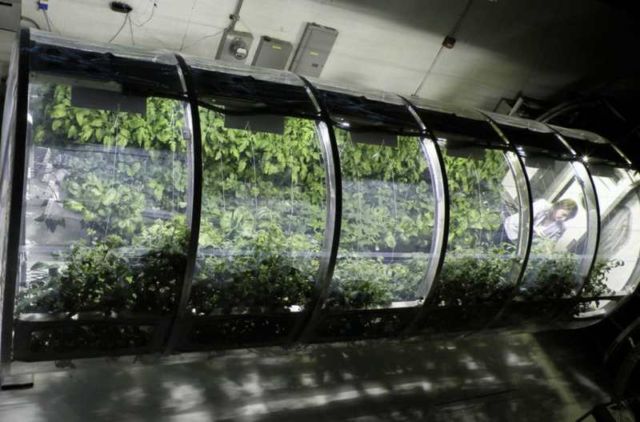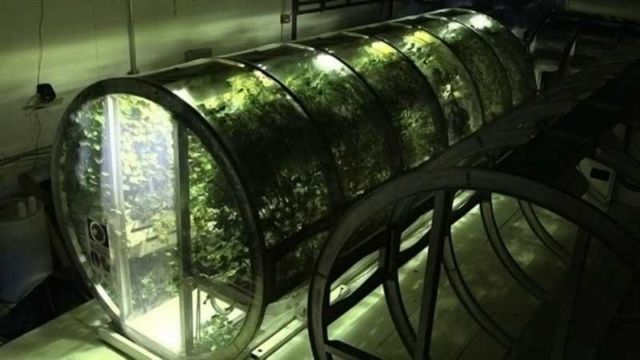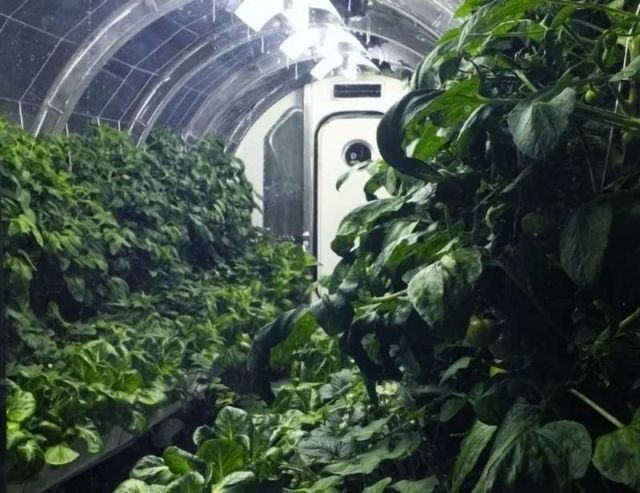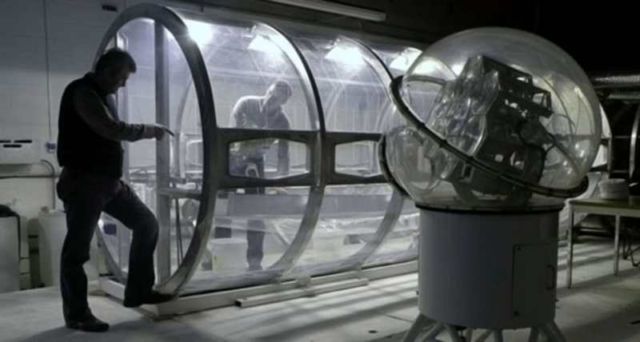Scientists from the University of Arizona and NASA, created an innovative greenhouse to feed astronauts on Mars.
The Prototype Lunar Greenhouse (LGH) is equipped as a Bioregenerative Life Support System (BLSS) through the design and construction of an innovative hydroponic plant growth chamber.
Centered on using plants to sustain a continuous vegetarian diet for astronauts, a typical BLSS employs plants and crop production in addition for food, to also provide air revitalization, water recycling, and waste recycling for the crew.
Fulfilling the requirement of NASA’s GES and the late Mr. Steckler’s dream of space colonization, the LGH aims to deliver more than supporting a sustained human presence in space. The LGH aspires to bring practical commercial-ready technology to Earth’s CEA forefront.
The team has these objectives:
- Determine the food production capability (kg per unit area per unit time)
- Determine the water balance (liquid irrigation water, biomass and water vapor)
- Determine the carbon balance (gaseous carbon dioxide and biomass)
- Determine the energy to radiation balance (electrical power and lamp output)
- Document the system operational requirements, capabilities and weaknesses, while demonstrating the innovative Cable Culture plant growing system by producing a combination of targeted NASA crops (lettuce greens, cucumber, sweet potato, and strawberry)
Images credit University of Arizona
via inhabitat
source University of Arizona









Leave A Comment